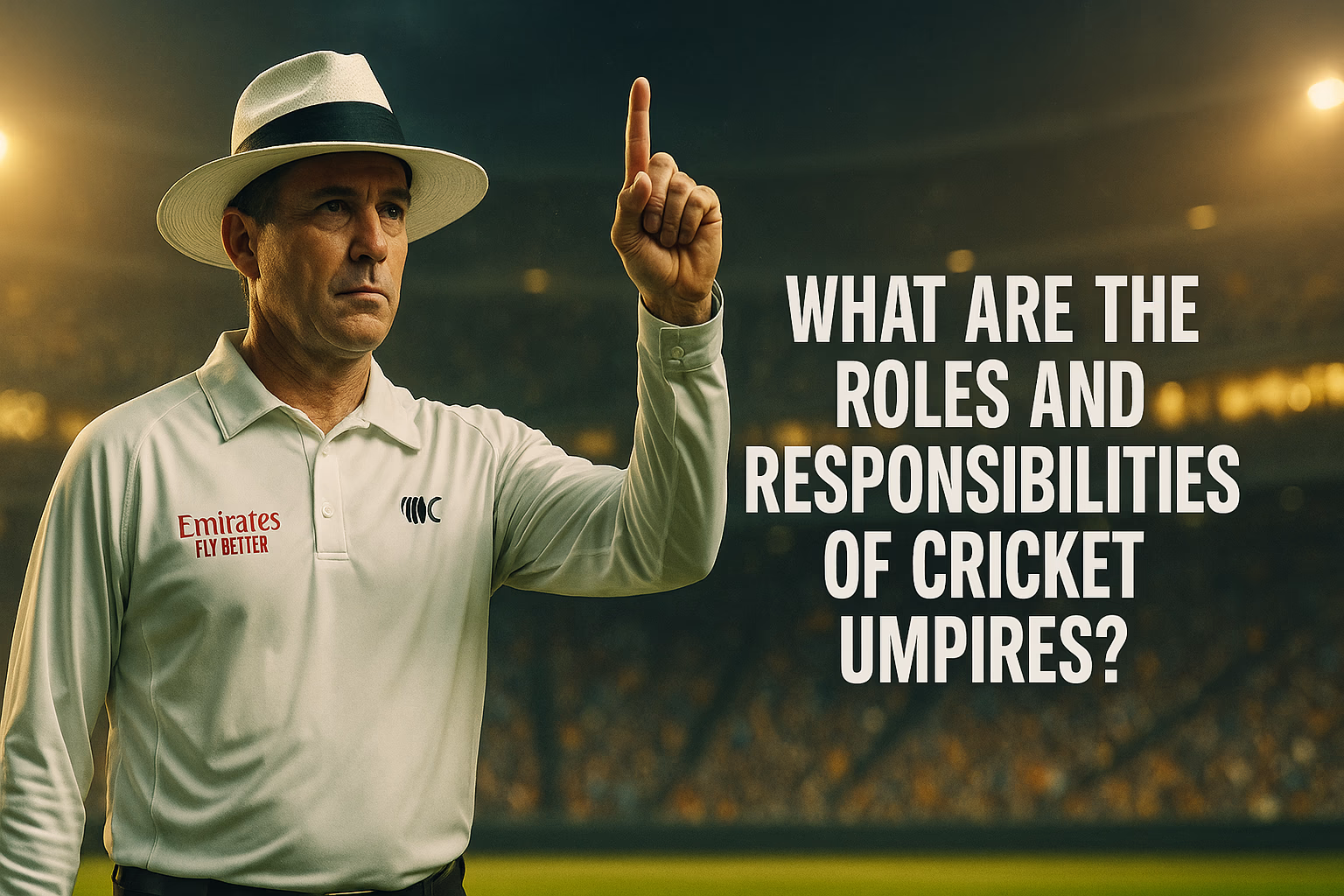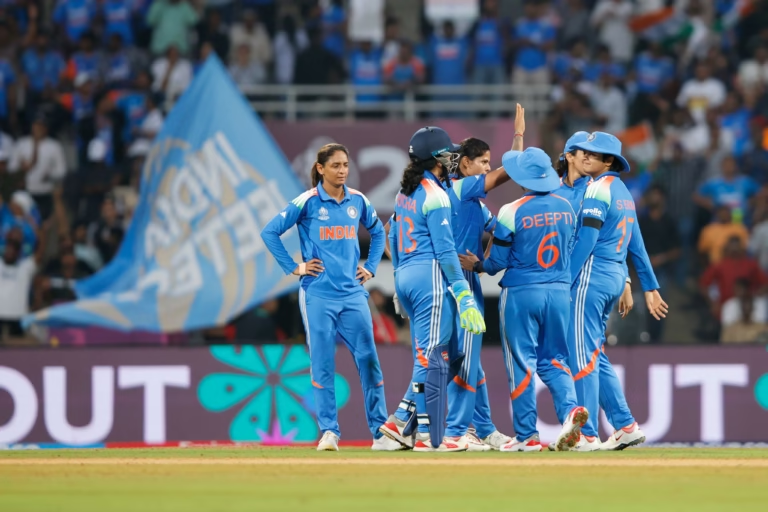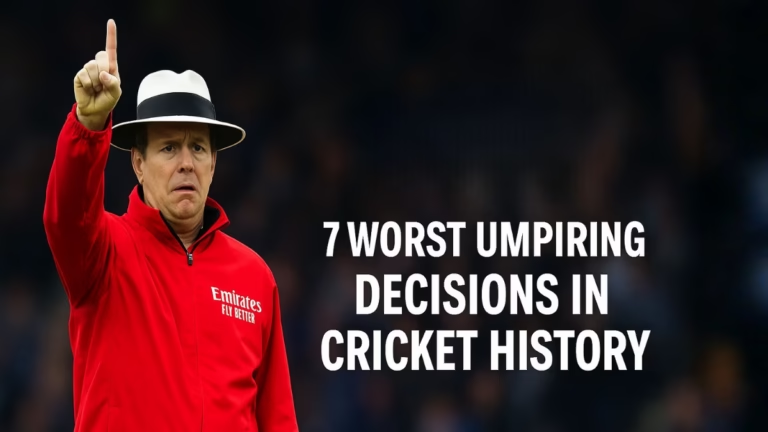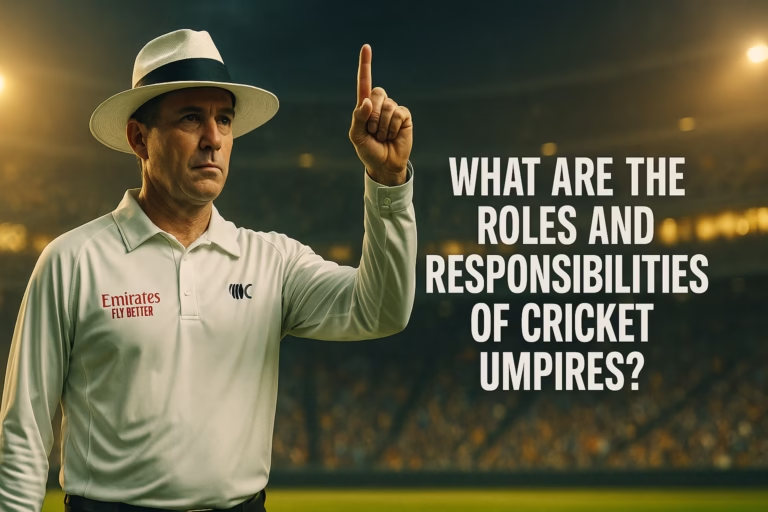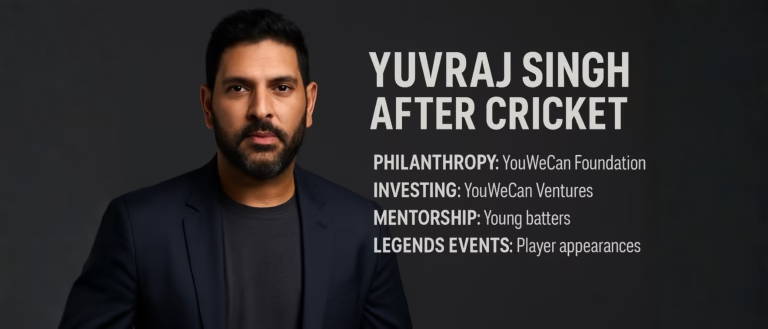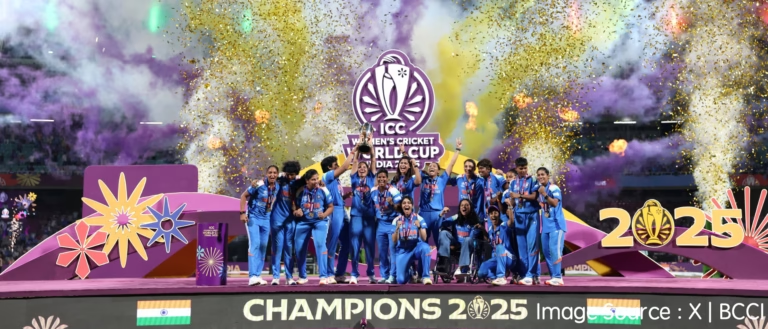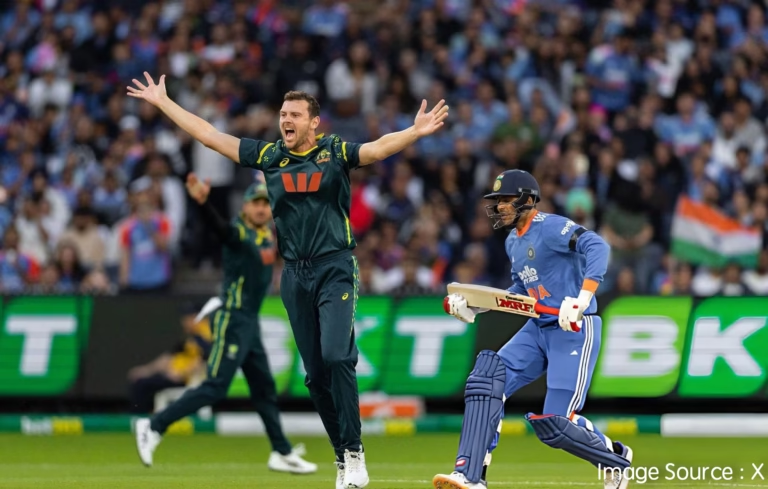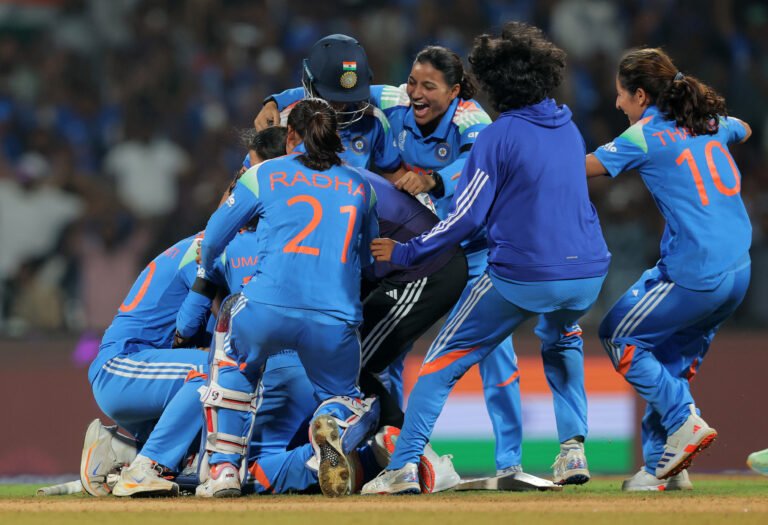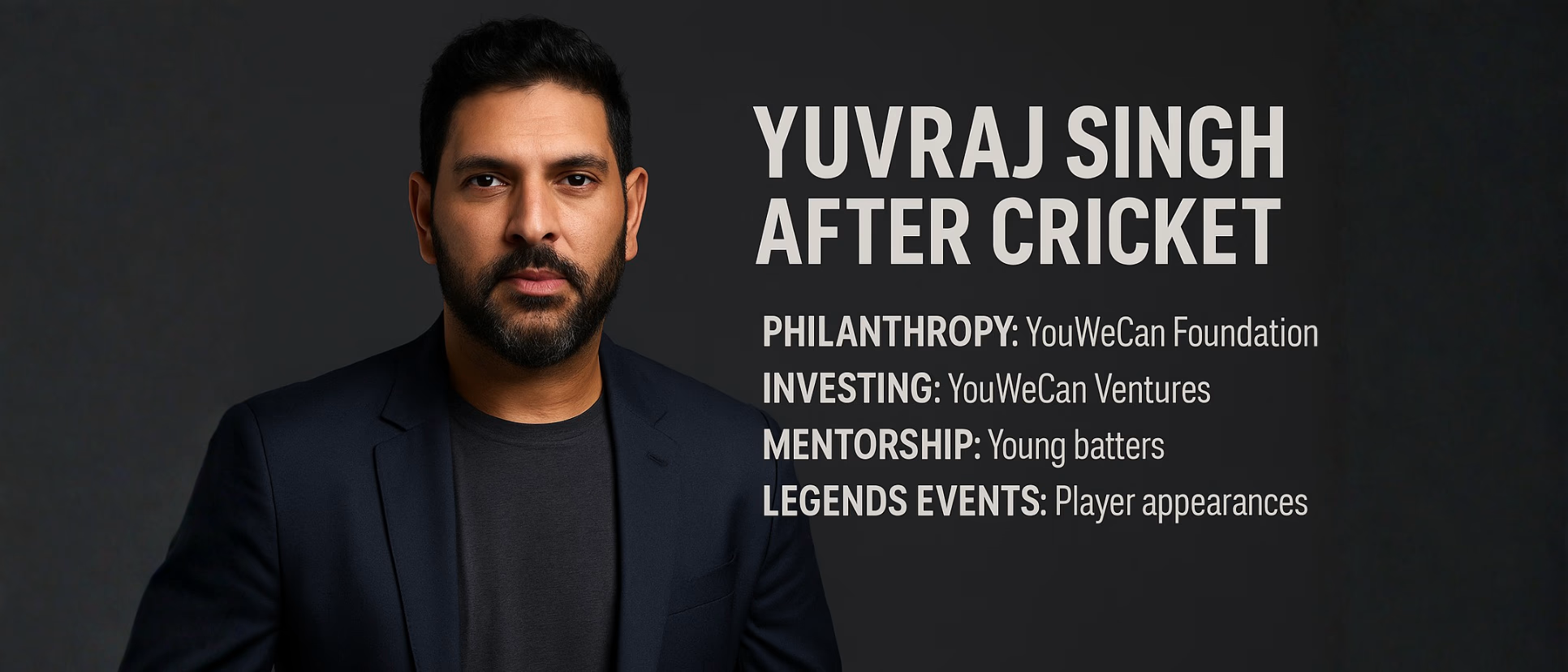Understand the Roles & Responsibilities of Cricket Umpires
Cricket runs on trust, clarity, and control. Umpires deliver all three. This guide will try to break down what cricket umpires do before, during, and after a match—from club cricket to internationals—plus how technology fits in and compliments the cricket umpires in their roles.
Cricket umpires play a vital role in the game, acting as the authoritative figure on the field to ensure that the match is played fairly and according to the official Laws of Cricket. Their decisions directly impact the flow and outcome of the game, making their role both challenging and crucial. This blog post explores the key roles and responsibilities of cricket umpires, providing insight into their function for fans, aspiring umpires, and cricket enthusiasts.
Quick Overview — Who does what?
UmpiringOn-field (Standing) Umpires — UBE & USE
On-fieldTV / Third Umpire
Off-fieldFourth Umpire (elite games)
SidelineReserve / Match Official (as appointed)
Venue-wideHow many cricket umpires are present in a match
1. Two On-Field Umpires
The first stands behind the stumps at the bowler’s end. This position allows them to judge deliveries, make decisions on LBWs, and oversee much of the play directly.
The second, known as the square leg umpire, stands at or near square leg (perpendicular to the batsman on strike). This position gives a clear side view of the creases for run outs, stumpings, and catches.
These two rotate positions after each over to ensure fairness and balanced viewing angles.
2. One Third Umpire
Third umpire sits off the field, typically in a specially equipped TV room. This umpire uses video replays and technology to assist with close decisions, such as run outs, boundary checks, or disputed catches.
3. One Fourth Umpire
Fourth umpire is located off the field, often in the scorer’s area or near the match officials’ zone. This umpire handles administrative tasks, substitutes balls, refills drinks for on-field umpires, and can replace any on-field umpire if needed.
4. One Match Referee
The match referee is separate from the umpires, overseeing the conduct to uphold the spirit and code of conduct of cricket.
Pre-Match Duties of Cricket Umpires
Before the first ball is bowled, umpires have plenty on their plate. Their work starts hours before play — making sure the field, the conditions, and the playing setup meet the Laws of Cricket and Playing Conditions. Here’s a deeper look at what they do before players even take the field.
1. Ground & Pitch Inspection
- Umpires begin by walking the pitch and outfield to check its readiness.
- They look for even grass coverage, solid footholds, and any wet or soft patches that might affect bowlers’ run-ups or batters’ safety.
- Crease markings — popping, return, and bowling creases — are verified for correct placement and clarity.
- The boundary rope is checked for full continuity and distance uniformity around the ground.
- Umpires also inspect sightscreens — making sure they’re positioned properly, clean, and free from sponsor glare or distractions.
- Advertising boards, practice wickets near the square, and any pitch-side equipment are evaluated for safety and fairness.
2. Equipment Checks
Cricket relies on precision gear, and it’s the umpires’ job to make sure everything complies with regulations.
- Stumps and bails: correct height, alignment, and condition. If LED bails are used, umpires confirm the sensors and light indicators work properly.
- Match balls: The umpires check both the new and spare balls for weight, seam integrity, and manufacturer approval.
- They also ensure there are enough spare balls of similar wear and color to replace any lost or damaged one during play.
- Occasionally, a bat gauge is used to confirm legal bat width and edge thickness, especially in tournaments where equipment checks are formal.
3. Playing Conditions Briefing
Even though the Laws remain constant, Playing Conditions differ across formats and competitions. Umpires go through these together and with the captains to avoid confusion later.
- Review Powerplay rules and fielding restriction periods.
- Clarify bouncer limits per over and penalties for beamers or waist-high full tosses.
- Confirm if DRS (Decision Review System) is in use and how many reviews each team gets.
- Outline concussion substitute and impact player rules (in tournaments like IPL or T20 leagues).
- Revisit rain delay and heat/light clauses, so both teams know what happens if conditions change mid-game.
4. Team Sheets & Toss Coordination
- Cricket umpires receive official team lists with all starting players and any listed substitutes.
- They check for captain and wicketkeeper identification, as both have unique roles under the Laws.
- The umpire ensures team sheets are exchanged between captains and scorers before the toss.
- They then supervise the toss, confirm which side will bat or field, and log the time officially.
- The match start time and any adjusted intervals (like shortened innings) are finalized at this stage.
5. Safety & Conditions
Player safety always takes priority. Cricket umpires monitor environmental and medical readiness for players before play.
- Check the weather radar (if available) for possible rain, lightning, or storms.
- Review lightning policy — know where players and staff should go if a thunderstorm approaches.
- Ensure medical facilities are in place: stretcher, ambulance access, and qualified first aid personnel.
- Confirm the availability of drinks breaks or heat-related pauses in extreme conditions.
- Evaluate the visibility and light levels during day-night matches or overcast sessions.
During Play — On-Field Umpires
Once the match begins, the two on-field umpires handle every phase of play — from calling no-balls to keeping the game flowing. Their job blends precision with judgment, and every decision shapes the rhythm of the contest.
1. Fair Deliveries, No-Balls & Wides
Umpires constantly assess whether each ball is fair. They check the bowler’s front-foot landing for no-balls, watch out for waist-high beamers or head-high bouncers, and keep track of fielding restrictions during powerplays and later overs. Judging wides also calls for instinct — taking into account both the ball’s line and the batter’s movement across the crease.
2. Dismissals
When a team appeals, the umpire must read the moment clearly before making a call. They rule on LBWs, catches, and run-outs or stumpings, often working with the square-leg or TV umpire if needed. While technology assists with close decisions, the on-field umpire’s original verdict still anchors the final outcome.
3. Over & Time Management
Every ball, over, and break is logged mentally by the umpires. They count deliveries, signal over completions, and ensure teams maintain a steady over-rate. Any delays — for bat changes, reviews, or injuries — are noted, and official breaks such as drinks or innings intervals are kept on schedule.
4. Match Control & Player Conduct
Umpires act as both referees and calm mediators. They issue warnings for running on the pitch, unfair distraction, or short runs, and can impose five-run penalties for repeat or serious breaches like ball tampering or time-wasting. Regular communication with captains keeps tempers in check and play under control.
5. Conditions — Light, Rain & Ground
Weather and ground conditions remain under their constant watch. Using light meters, they decide when it’s too dark to continue, and resume only when it’s safe. They inspect wet areas, especially bowlers’ run-ups and close-in positions, and replace any damaged or wet balls with the best possible like-for-like option.
6. Communication & Signals
Good umpiring is also about clarity. Their signals — whether for a four, six, wide, no-ball, or review — must be crisp and visible to everyone. Each call is mirrored to the scorers, ensuring totals and records stay accurate throughout the game
TV / Third Umpire — What They Review
Sitting away from the noise but central to the action, the third umpire is the game’s slow-motion truth. They step in when the on-field umpires need confirmation, working with multiple camera angles, ultra-slow replays, and broadcast technology.
1. Run-outs and stumpings
The third umpire checks when the ball first breaks the wicket, whether the batter has any part of the body or bat grounded behind the line, and that the wicket is fairly put down. Both ends are covered, and decisions are made only after the cleanest angle is found.
2. Boundaries and rope contact
Third umpires rule on four vs six, look for any part of the fielder touching the rope (or the ground beyond it) while in contact with the ball, and confirm if the ball brushed the boundary before a legal release. Foot placement, rope movement, and fingertip control get frame-by-frame attention.
3. Low catches and clean takes
For tumbling or grass-skimming catches, the third umpire cycles through multiple angles and speeds to judge whether the ball touched the turf. Soft signal (where applicable by competition) and the available evidence guide the final call.
4. DRS adjudication (LBW & caught behind)
On review, third umpire follows a set protocol: check the landing and impact zones, consult edge-detection for nicks, then ball-tracking for projected path. If the evidence is conclusive, the on-field call is overturned; if not, it stays. The outcome is relayed clearly with on-screen graphics and a crisp “Out/Not Out” back to the middle.
5. No-ball checks on referral
Where the competition allows, the third umpire confirms front-foot no-balls (and in some tournaments, height infringements on full tosses) when a dismissal is under review, ensuring the legality of the delivery before the rest of the decision proceeds.
In short, the third umpire is the safety net: meticulous, methodical, and decisive—there to ensure the big moments are judged with every tool the modern game provides
Fourth Umpire — The Quiet Organizer Behind the Scenes
You rarely see the fourth umpire on camera, but their job keeps a match running smoothly — especially at international or televised events. They’re the logistical heartbeat of the officiating team, always a step ahead of what the on-field umpires might need next.
1. Balls and Equipment Management
Handling the box of new and used balls, keeping track of replacements, and ensuring the right ones are handed out when a change is needed.
They also look after spare gear, like bails, stumps, or measuring gauges, and even monitor sightscreen adjustments to make sure visibility is consistent for both batters.
2. Ground Management Decisions at times of adverse weather conditions
When rain clouds gather, the fourth umpire turns coordinator. They communicate directly with ground staff, signalling when to bring on or remove the covers, and oversee how quickly the super sopper and boundary rope are deployed. In wet or fading-light conditions, their timing and judgment can help save precious overs.
3. Administrative and Compliance duties
Fourth Umpries assist the Match Referee with paperwork, timekeeping, and player-related logistics. They check substitute fielders, verifies their jerseys and numbers, and ensures the rules on substitutions are properly followed.
Quietly but efficiently, they bridge the gap between the officials, the players, and the support crews — keeping the machinery of professional cricket running without a hitch.
After the match
Even after the last ball, role of cricket umpires isn’t completed, they still have few key tasks to perform.
1. Verifying the scores
They begin by verifying the score with the scorers — confirming wickets, overs, and extras so the official record is flawless.
2. Reporting
Umpires document player conduct, note the pitch and outfield condition, and flag any technical or DRS issues that arose. These reports go to the Match Referee for review and record.
3. Debrief for considerations on future matches
The umpiring team and referee discuss key decisions, check video clips, and record learnings for future matches.
Signals used by the Cricket Umpires
Even after the last ball, role of cricket umpires isn’t completed, they still have few key tasks to perform.
1. Out
A firm raised index finger — the classic signal every batter dreads.
2. Four runs - Ball crosses the boundary after having bounced at least once before the boundary
Umpire sweeps one arm across his chest.
3. Six runs - Ball crosses the boundary without bouncing before the boundary
Umpire raises both arms in the air above his head
4. Wide ball - when ball is out of reach of the batter
Umpire raises both arms stretched outside parallel to the ground.

5. Bye - batters take one or more run without the ball hitting the batter's bat or body
An open hand above the head for a bye
6. Leg Bye - batters take one or more run after the ball hits batter's body first but not his/her bat
Umpire raises one leg and bends his knee to make a 90 degree angle at knee and taps on the raised knee.
7. Free Hit - when bowler delivers a ball with his front foot crossing the bowling crease
Umpire raises one hand above his head and swirls in a circular motion.

8. Third Umpire Review or DRS Review - when on-field umpire wants the third umpire to decide on out or not-out
Umpire signals by moving both his hands un front of his head, and making a rectangle/ square with his hands.
9. No Ball
Umpire signals by raising one of his hands outside inline with his shoulder
FAQs — Common Questions About Umpiring Decisions
Q. Who decides if play stops for bad light or rain?
It’s entirely the call of the on-field umpires. They use light meters to maintain consistency and personally inspect the ground when rain or wet patches appear. If the visibility drops or the surface becomes unsafe, they’ll suspend play immediately. Only once conditions improve — light stabilises, outfield dries, and footing is safe — do they allow players back on.
Q. Who decides if play stops for bad light or rain?¯Q. Can a captain challenge every decision?
No — reviews are limited. Under the Decision Review System (DRS), each team gets a fixed number of reviews per innings, depending on the format.
Captains can only challenge reviewable incidents such as LBWs, caught behinds, or certain run-outs.
Once a review is used, the third umpire follows the technology protocol step-by-step — ball tracking, edge detection, impact check — and communicates the verdict back to the field.
Q. What if both umpires disagree on a decision?
Disagreements do happen, though rarely. In such cases, the two umpires consult each other — often with the square-leg umpire providing an alternate angle.
If the situation is reviewable, it’s referred to the TV umpire for replay assistance. The final decision is then signaled clearly to the scorers, players, and crowd — leaving no room for confusion.
Q. Do umpires control over-rates?
Yes, but indirectly. The on-field umpires monitor time and delays — whether caused by slow field placements, extended huddles, or equipment issues — and record them for the match referee.
Formal over-rate penalties are usually applied by the referee under competition rules. These can range from fines to in-game run penalties or fielding restrictions, depending on the format.

